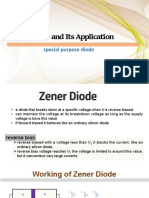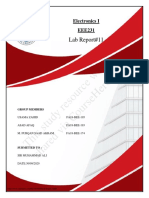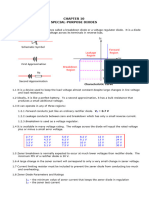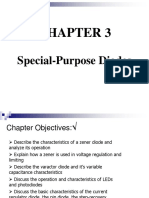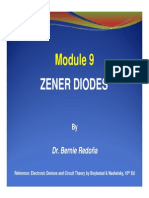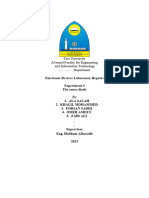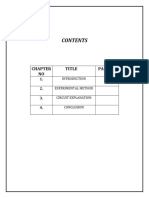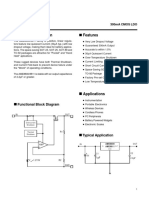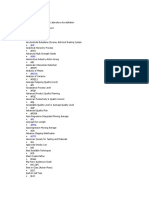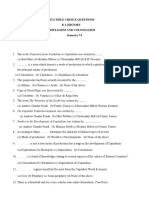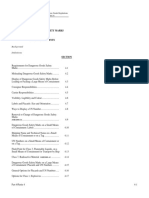0% found this document useful (0 votes)
58 views45 pagesCH1 - Module3 - Zener Regulator
This module covers voltage regulators, focusing on the breakdown phenomena in diodes, particularly Zener diodes, and their applications in voltage regulation. It discusses the characteristics of Zener diodes, their equivalent circuits, and the principles of line and load regulation. Additionally, it introduces IC voltage regulators and includes various numerical problems related to Zener networks.
Uploaded by
pCopyright
© © All Rights Reserved
We take content rights seriously. If you suspect this is your content, claim it here.
Available Formats
Download as PDF, TXT or read online on Scribd
0% found this document useful (0 votes)
58 views45 pagesCH1 - Module3 - Zener Regulator
This module covers voltage regulators, focusing on the breakdown phenomena in diodes, particularly Zener diodes, and their applications in voltage regulation. It discusses the characteristics of Zener diodes, their equivalent circuits, and the principles of line and load regulation. Additionally, it introduces IC voltage regulators and includes various numerical problems related to Zener networks.
Uploaded by
pCopyright
© © All Rights Reserved
We take content rights seriously. If you suspect this is your content, claim it here.
Available Formats
Download as PDF, TXT or read online on Scribd
/ 45





